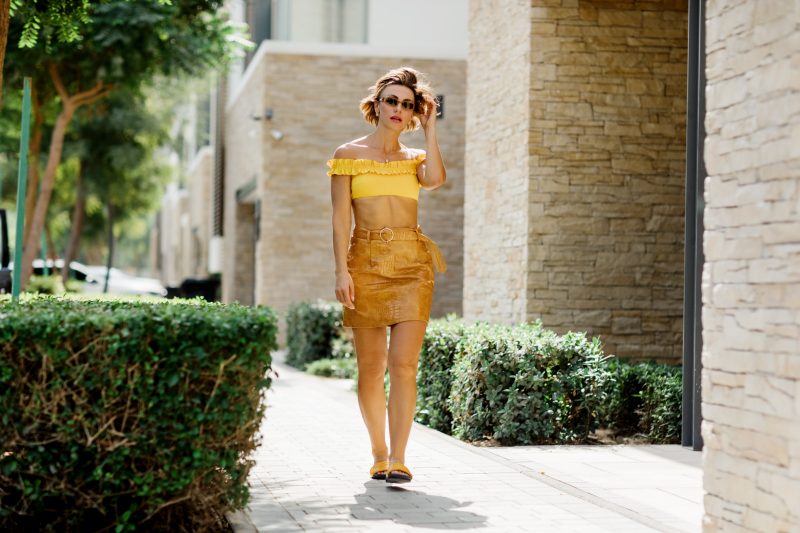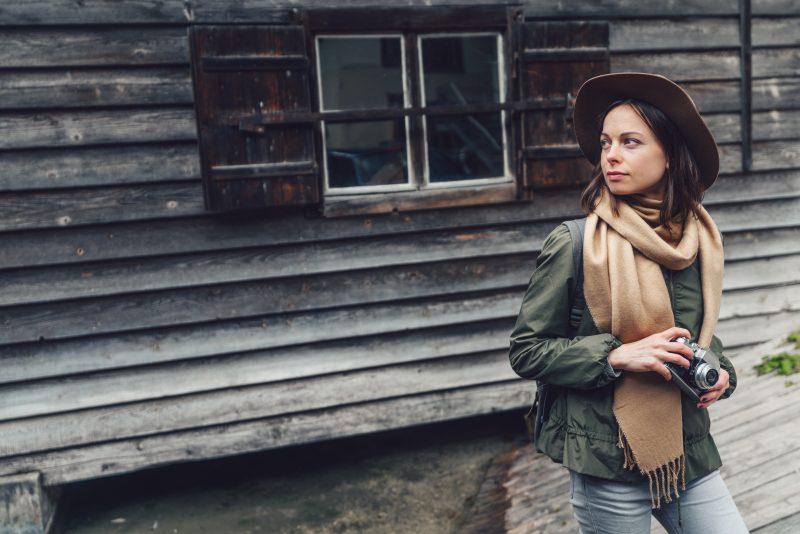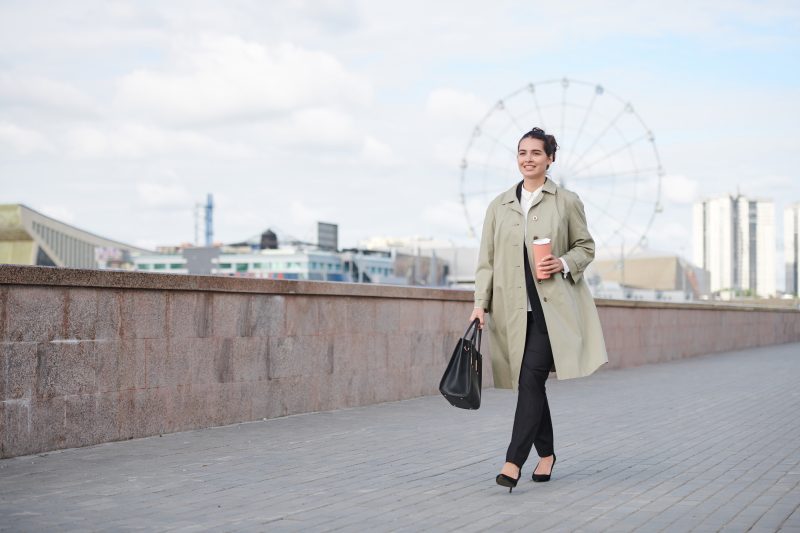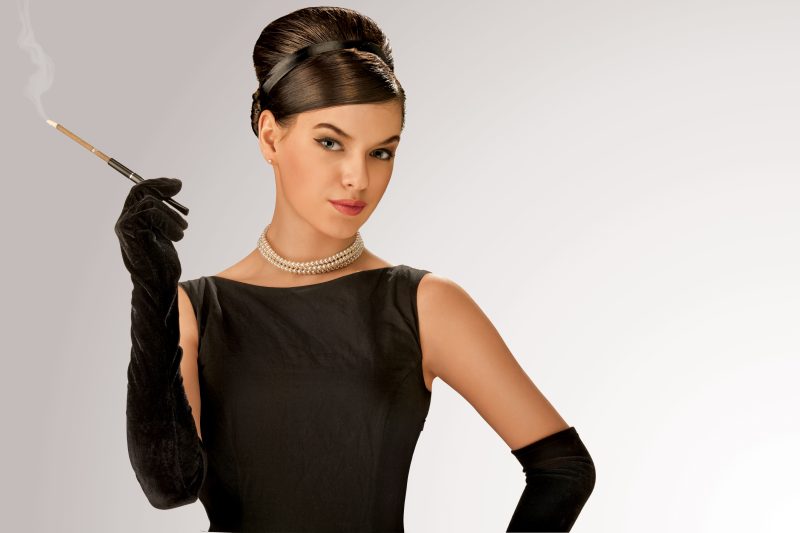“That needs to go.”
These four words, delivered with the clinical detachment of a surgeon recommending an amputation, were directed at my favorite sweater – a shapeless gray cardigan that I’ve had since college. Yes, it has a few holes. Yes, the elbows are worn thin. Yes, I know it makes me look like I’m auditioning for the role of “Depressed Writer #3” in a low-budget indie film. But it’s also the sartorial equivalent of a weighted blanket – warm, comforting, and safe.
Mia, the professional stylist I’d invited into my home in a moment of what I can only describe as temporary insanity, was not swayed by my emotional attachment. “It’s literally disintegrating,” she said, holding it up to the light where, admittedly, you could see straight through the threadbare fabric in several places. “This isn’t even a piece of clothing anymore. It’s a memory with yarn.”
This was hour one of my closet clean-out, and we had already established a “goodbye” pile that was alarmingly large. My vision of this experience – a few minor tweaks, some organizational tips, perhaps a gentle suggestion about my excessive collection of black t-shirts – was rapidly dissolving.
This wasn’t a tune-up. This was a demolition.
The idea had seemed harmless enough. After years of writing about fashion, I’d accumulated a wardrobe that could generously be described as “eclectic” or, less generously, as “borderline hoarding.” My closet had become a textile graveyard where good pieces went to disappear beneath layers of impulse purchases and free swag from press events. Something had to give – literally, as the rod in my closet was starting to bend under the weight.
Through work connections, I’d arranged for Mia, a stylist whose client list includes several actresses you’d recognize and at least one tech CEO with a signature “casual billionaire” aesthetic, to spend a day helping me sort through the chaos. “It’ll be fun,” my editor had said. “Plus, you can write about it.” The ultimate justification for any bad decision in journalism.

What I hadn’t anticipated was the psychological warfare that is having a stranger assess your clothing choices. Mia wasn’t cruel – in fact, she was frustratingly reasonable – but there’s something uniquely vulnerable about watching someone evaluate the fabric manifestations of your identity, your comfort, your past selves.
“What exactly is happening here?” she asked, holding up a mustard yellow jumpsuit that still had the tags attached. I’d bought it two years ago for a wedding that I ended up not attending because my date canceled at the last minute. The jumpsuit had become symbolic of that disappointment, which is why I simultaneously couldn’t wear it and couldn’t get rid of it.
“It’s complicated,” I said.
“It’s not complicated. It’s an unworn jumpsuit,” she replied, adding it to the growing “goodbye” pile before I could protest. “You’ve built a narrative around it, but it’s just fabric and thread.”
This pattern repeated itself throughout the day. Me, desperately trying to justify keeping items for reasons that had nothing to do with how they looked or fit, and Mia, systematically dismantling my justifications with surgical precision.
The vintage leather jacket I’d bought in a Paris flea market that was three sizes too big? “You’re wearing the memory, not the jacket.” (Goodbye pile.)
The collection of band t-shirts from concerts I’d attended in my 20s, now faded and misshapen? “Take photos, then let them go.” (Goodbye pile, except for the Radiohead one I refused to surrender.)
The jeans from 2010 that I was keeping “for when I lose those last ten pounds”? “Your clothes should fit your body today, not the body you’re punishing yourself for not having.” (Goodbye pile, along with a significant chunk of my self-delusion.)
By mid-afternoon, my bed was covered with discarded clothes, and I was having an existential crisis on my bedroom floor. “Who even am I without that cardigan?” I wailed, only half joking.
“Let’s find out,” Mia said, unfazed by my dramatics. “Now we’re getting somewhere interesting.”
What emerged from the rubble was surprising. As we reorganized what remained – about 40% of what I’d started with – Mia identified patterns I’d never noticed. I gravitated toward oversized, almost cocoon-like pieces that hid my body. I owned beautiful, well-fitting clothes but never wore them, opting instead for what Mia called my “comfort uniform” – variations on shapeless sweaters and elastic-waist pants that made me look like I was perpetually on my way to a pandemic Zoom call.
“You dress to hide, not to present,” she observed, arranging my newly edited collection by color rather than by my previous system of “clean enough to wear” and “needs to be laundered but probably won’t be.”
The comment stung because it was accurate. Despite writing about fashion, despite appreciating the art of self-presentation, I’d been using clothes as a shield rather than a form of expression. Somewhere along the way, I’d started dressing to be overlooked rather than seen.
“Let’s try something,” Mia suggested, pulling out a silk blouse I’d bought for a TV appearance two years ago and had never worn again. She paired it with jeans that actually fit (a revelation) and a structured blazer I’d forgotten I owned. The outfit was simple but put-together in a way my daily looks never were. More importantly, it still felt like me – just a version of me that hadn’t been hiding under a disintegrating cardigan.
We spent the next hour creating what Mia called “outfit templates” – not specific combinations, but formulas I could replicate easily. Structured top + relaxed bottom + third piece (jacket/accessory). Dress + layering piece. Monochrome base + statement shoe. Simple frameworks that worked with my existing wardrobe but elevated it from “just rolled out of bed” to “intentionally dressed human.”
The psychological impact was immediate and disorienting. I felt lighter but also weirdly anxious, like I’d just willingly let a stranger read my diary and then tear out half the pages. I mourned clothes I hadn’t worn or even thought about in years. I felt guilty about the waste, the consumption, the money spent on items that had never served their purpose.
“That’s normal,” Mia assured me. “You’re not just letting go of clothes. You’re letting go of the versions of yourself you thought you’d be when you bought them.”
The unworn fancy dresses represented a more glamorous social life than I actually had. The too-small jeans were a tool for self-criticism disguised as aspiration. The never-used gym clothes were physical manifestations of intentions rather than actions. Removing them meant acknowledging the gap between who I imagined myself to be and who I actually was – a confrontation not included in the breezy “clean out your closet for spring!” articles I’d written over the years.
By evening, the physical transformation was dramatic. My formerly stuffed closet was now organized, accessible, and – most shockingly – contained empty space. Everything hung without being crushed. I could see each item clearly. Getting dressed would no longer require archaeological excavation.
We dealt with the discards systematically. Quality pieces in good condition went to a consignment shop. Anything I’d worn for more than two years went to clothing recycling rather than donation, a sobering acknowledgment that the secondary clothing market is oversaturated. Items with sentimental value but no practical use (like concert tees) were set aside for a possible future craft project.
The most surprising outcome wasn’t the organized closet – it was the realization that despite writing about fashion for a living, I hadn’t been using clothes as the tools of self-expression and confidence that I encouraged readers to see them as. I’d been hiding, apologizing, trying to disappear while simultaneously standing out enough to be taken seriously in an industry obsessed with appearance. It was a contradiction I hadn’t recognized until seeing my closet through Mia’s eyes.
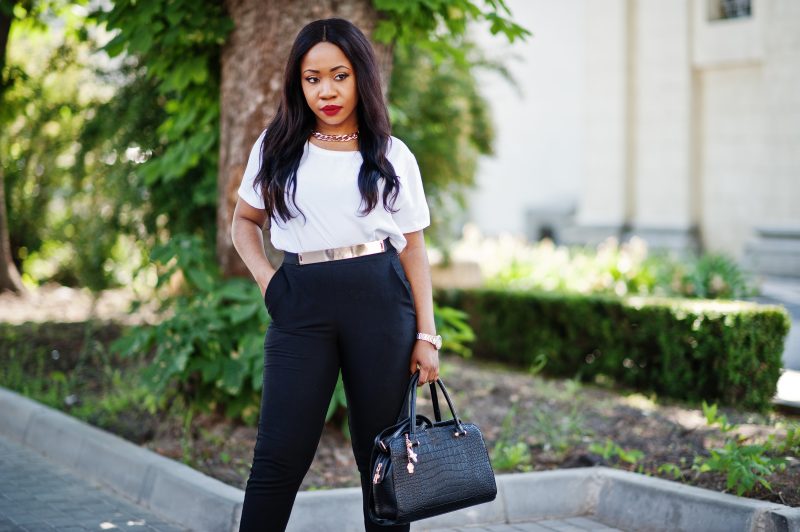
In the weeks since the great closet purge, getting dressed has become both easier and harder. Easier because I can actually see and access everything I own. Harder because I can no longer hide behind shapeless layers and non-choices. I’m learning to dress for the body I have today, not the one I’ve been criticizing myself for not having. I’m experimenting with actually wearing the “too nice to wear” pieces I’d been saving for some hypothetical future occasion.
The emotional aftershocks continue. Some mornings I still reach for my security cardigan before remembering it’s gone. I feel its absence like a phantom limb. Other days, I put on an outfit Mia helped me assemble and receive compliments from colleagues who’ve clearly noticed the shift. “You look different,” they say, unable to pinpoint exactly what’s changed.
What’s changed is that I’m dressing for visibility rather than invisibility. I’m acknowledging that how we present ourselves matters – not in a superficial way, but as a form of communication, of self-respect, of being fully present in our own lives.
For someone who writes about fashion, these shouldn’t be revelations. But there’s a vast difference between intellectual understanding and emotional acceptance, between advising others and confronting your own patterns.
I’d been hiding in plain sight, using clothes as concealment while professionally celebrating them as expression.
If you’re considering a professional closet clean-out, my advice is this: be prepared for it to be about much more than clothes. The process strips away your defenses, your self-deceptions, the stories you tell yourself about who you are and who you’re becoming. It’s therapeutic and traumatic in equal measure. It forces you to live in the present rather than clinging to past versions of yourself or postponing your life for a hypothetical future.
Also, hide your favorite ratty cardigan before the stylist arrives. Some emotional support garments are worth fighting for, holes and all.
